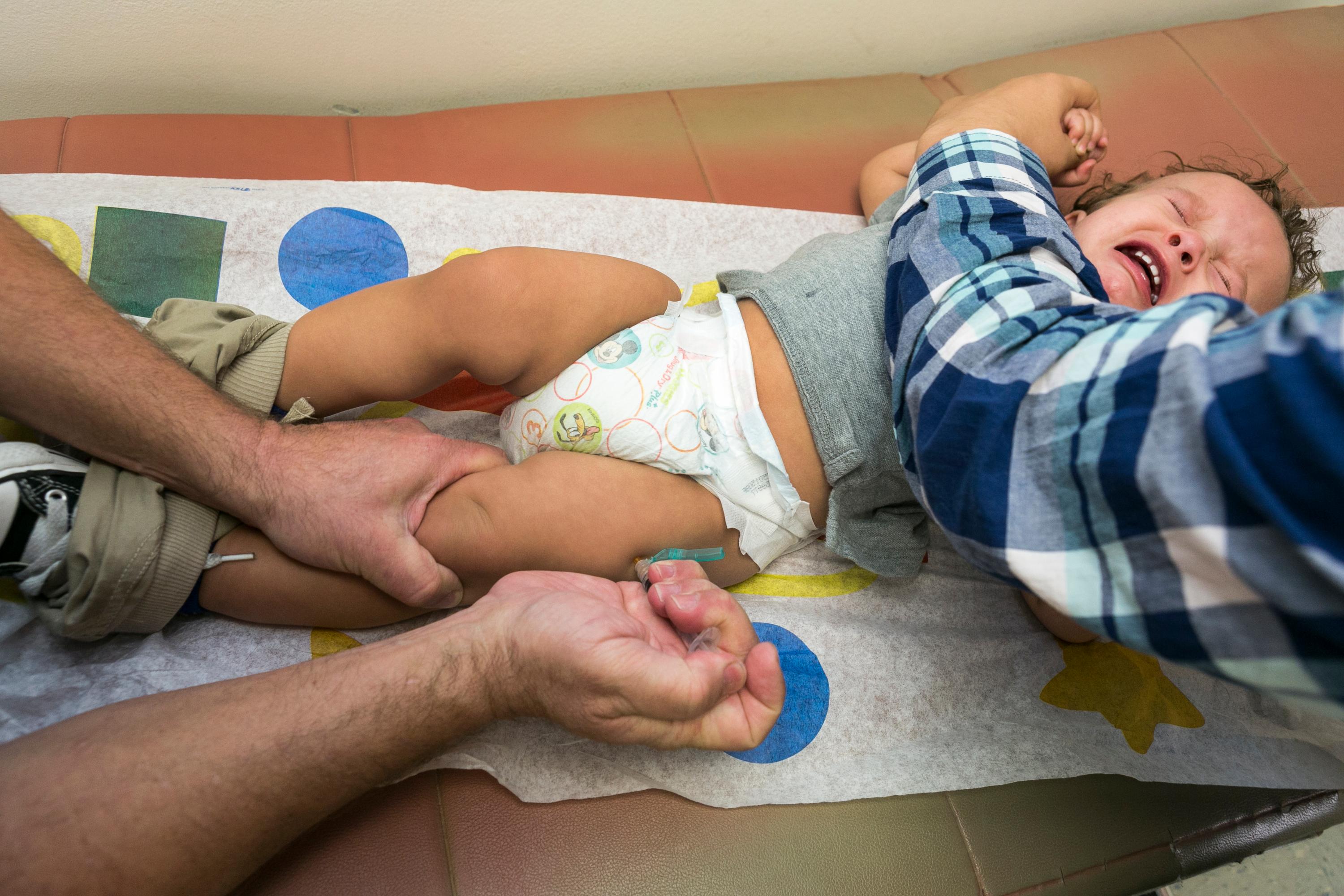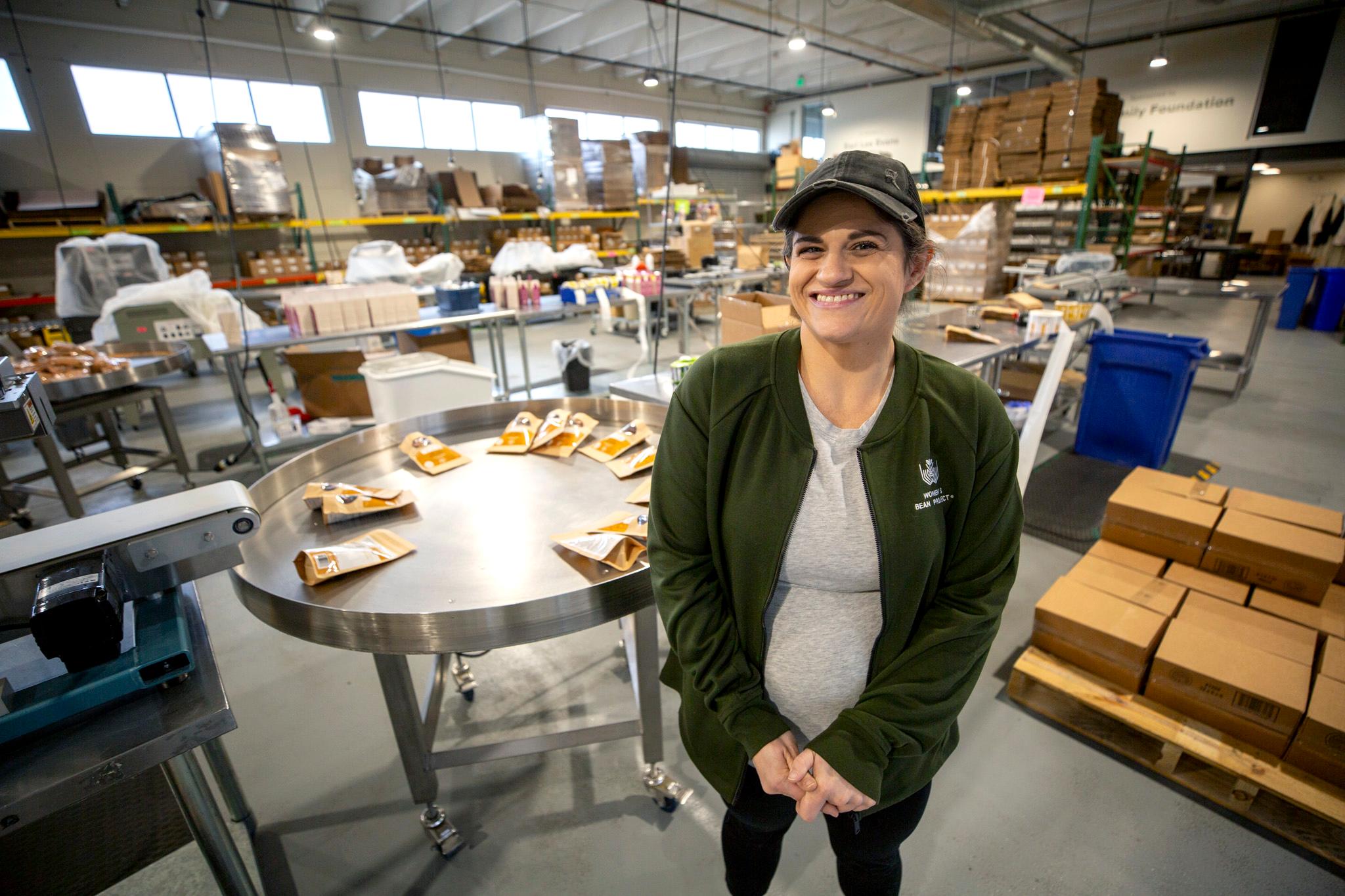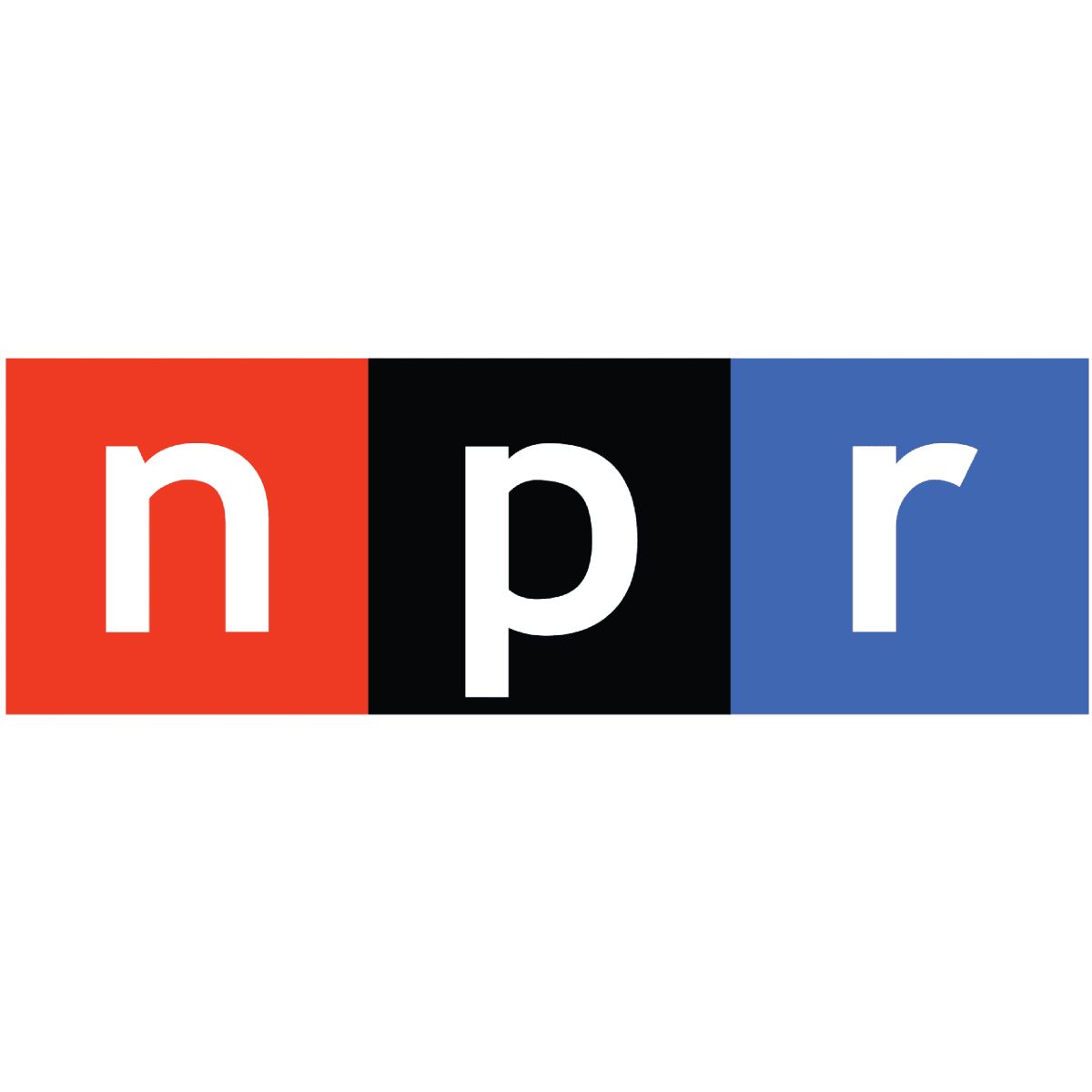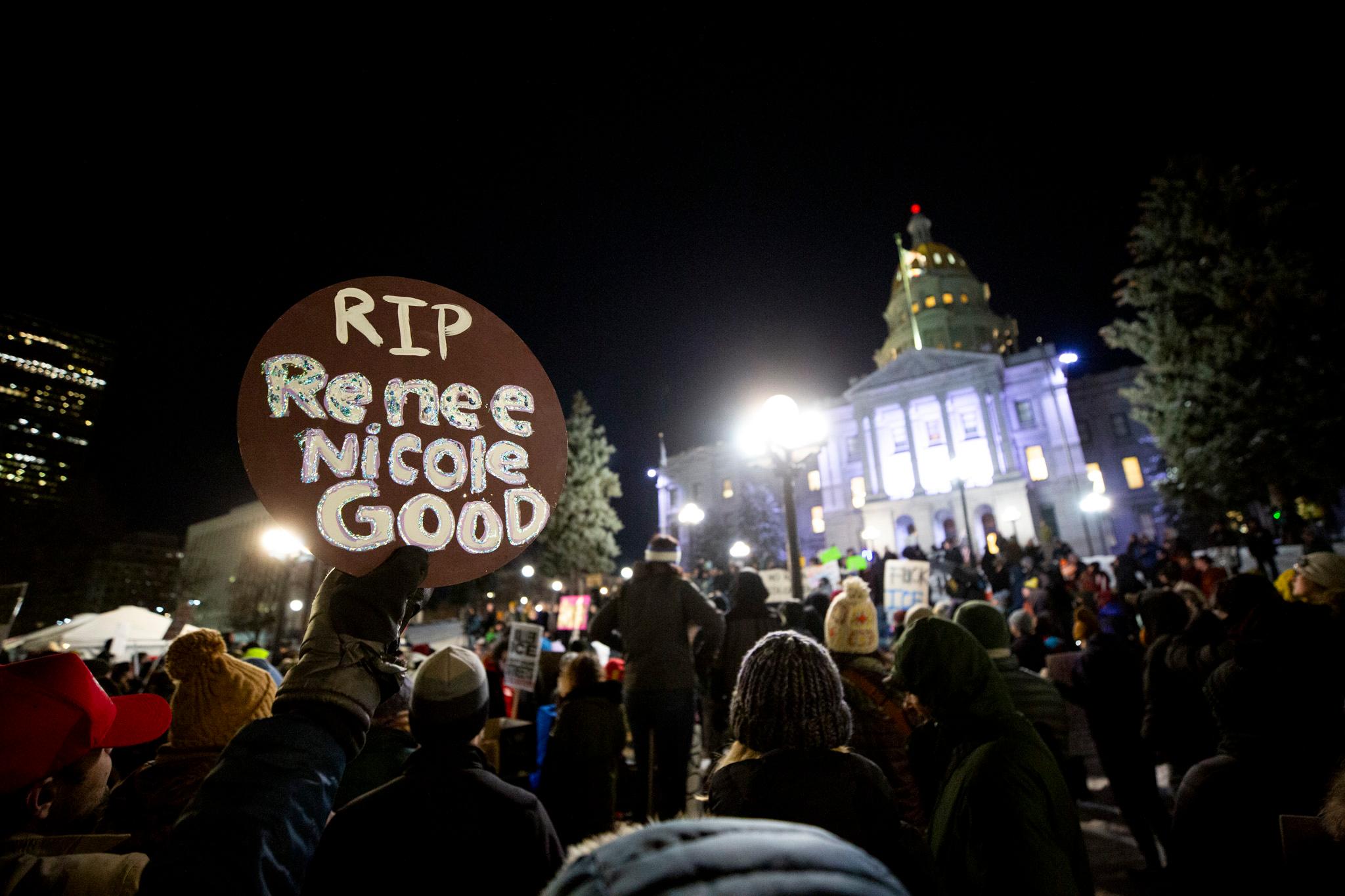
A growing body of research finds childhood vaccines are generally low risk and have big public health benefits, but many parents still choose to delay vaccinations or skip them altogether.
Jennifer Reich, an associate professor of sociology at the University of Colorado Denver, explores why in her new book "Calling the Shots: Why Parents Reject Vaccines." She spoke with CPR's Andrea Dukakis.
- Parents Can Help Reduce Pain And Anxiety From Vaccinations
- Childhood Vaccination Rates Climb In California
- California Governor Signs School Vaccination Law
Read an excerpt from the book below.
Minutes before the phone rang that Sunday evening, Tim was feeling good. His three-year-old daughter, Maggie, who had been diagnosed with leukemia months before, had survived multiple rounds of chemotherapy, lumbar punctures, and surgery to implant her port to make the next two years of treatment easier. Treatment had not been easy, with six hospital admissions, weeks in a local children’s hospital, missed holidays, and the pain of the treatment itself. Now she had a three-week break from treatment to stay home with her parents and ten-month-old brother. Tim was excited about what he called the “vacation from chemotherapy.” But then the phone rang. A few days before, Maggie had been at a local hospital with her mother and brother for a lab test. Another patient at the hospital had been infected with measles, and unknowingly exposed those around her to the disease. The patient, a woman in her forties, had been infected by a stranger during a winter trip to Disneyland. As we now know, that outbreak infected about 150 people from twenty states and the District of Columbia, as well as travelers from Mexico and Canada (who subsequently infected more than 150 others in their home countries). Although Maggie had been vaccinated before her cancer diagnosis, her immune system was indisputably compromised; she was also most vulnerable to serious complication. Her baby brother was simply too young to be immunized. The next two weeks would be a process of watching, waiting, and avoiding contact with others—not the “vacation” they had hoped for. Tim and his wife, Anna, were panicked. “My biggest fear is that I’ll lose my child, or that she’ll become deaf,” Anna explained at the time. “My family has been through enough with cancer. I don’t want her to go through anything else.” Focusing her frustration on the large number of unvaccinated people implicated in the Disneyland outbreak, Anna imagined for a moment what she would say if she were facing a parent who opted not to vaccinate her children and increased risk to kids like Maggie: “Your children don’t live in a little bubble. They live in a big bubble and my children live inside that big bubble with your children. If you don’t want to vaccinate your children, fine, but don’t take them to Disneyland.” Tim, a pediatrician, went further. Rather than imagining what he would tell a parent who rejects vaccines, he penned an open letter, “To the Parent of the Unvaccinated Child Who Exposed My Family to Measles,” in which he expressed his frustration that both of his children were exposed to a disease that had been deemed eradicated from the United States in 2000. Written initially for the blog he keeps about his daughter’s care, it was passed along to others by a nurse and subsequently reprinted multiple times, shared more than 1.3 million times on social media, and widely read. Some even felt compelled to reply. Megan was one. A self-described naturopath, writer, stay-at-home mom, and cofounder and president of a nonprofit organization that focuses “on orphan care and poverty alleviation in Africa,” Megan says she has “developed the habit of researching everything from the toothpaste we use to the toilet paper we wipe our butts with.” Her blog describes how her information gathering “prompted us to throw out our microwave, ditch the gluten, sugar, milk, pork, and genetically modified foods, burn our medicine cabinet, wear our kids, breastfeed our babies, recycle our trash, up the probiotics, unschool our kids, and rip up the CDC’s vaccination schedule.” Speaking directly to Tim, but citing “the creators of the hysteria” and “measles propaganda,” Megan described the reasons for her frustration with Tim: “That you do not respect my choices, that you think my unvaccinated child is the only one who threatens yours, and that you would insinuate that my child should be sacrificed on the altar for your child.” Calling vaccines artificial immunity that has upset the natural order of disease and naturally occurring immunity, Megan reiterated that she has the right to decide what is best for her children and what risks she and other parents might choose to take: When we take our child to a place like Disneyland, or any other public place for that matter (including a hospital), we assume the risk that we might come into contact with a sick person, someone who hasn’t washed their hands, a kid who has picked their nose, or rides that have not been properly sanitized between each use. Megan replied directly to Anna and Tim’s insistence that as members of a community, children live in the same large bubbles, retorting, “It is not fair to require that my child get vaccinated for the benefit of yours or to force my child to live in a bubble so that yours doesn’t have to.” Other parents shared her view, some more vocally than others. Jack, a cardiologist and father of two unvaccinated children, was among the loudest. Addressing Tim and Anna, he insisted, “It’s not my responsibility to inject my child with chemicals in order for [a child like Maggie] to be supposedly healthy. . . . I’m not going to sacrifice the well-being of my child. My child is pure.” Jack too challenged claims that vaccines promote health, arguing instead that disease is good for people: “We should be getting measles, mumps, rubella, chickenpox, these are the rights of our children to get it. . . . We do not need to inject chemicals into ourselves and into our children in order to boost our immune system.” Also responding specifically to the notion of shared responsibility and individual parental rights, Jack made clear that he is comfortable in his commitment to rejecting vaccines, even if his child were to infect another child who became gravely ill. “It’s an unfortunate thing that people die, but people die. I’m not going to put my child at risk to save another child.” The measles outbreak at Disneyland in December 2014 and the subsequent online feuds about the vulnerability of one child and the rights of parents of other children reflect many of the existing tensions about vaccines. As Megan’s and Jack’s responses illustrate, parents who reject vaccines distrust claims of safety and necessity, believe that disease is natural in a way vaccines are not, and identify their primary role of parents as superseding obligations to others. They also make clear that they are experts on their own children—able to assess and manage risk—and thus uniquely qualified to decide what their children need. For the past decade, I have followed vaccine refusal from the perspectives of those who distrust vaccines and the corporations that make them, as well as the health providers and policy makers who see them as essential to ensuring community health. In an effort to tell the story of vaccines and explore the tensions between these views, I sought out a variety of key perspectives. I started with parents, and was careful to include those who opted out of vaccines completely and others who consented to select vaccines on a schedule of their own choosing. Children whose parents challenge vaccine recommendations are most likely to be white, have a college-educated mother, and a family income over $75,000. For the most part, this is what the parents in this study look like too. Only about 15 percent of parents in this study are fathers, since children’s healthcare decisions are overwhelmingly maternal terrain. (I detail the sample in appendix A.) I then broadened my view by conducting in-depth interviews with pediatricians to learn how they address parents’ questions about vaccines and strategize vaccinations in their own practices. Physicians serve as intermediaries between expert knowledge and individual experience, and are present at critical moments in families’ lives. Since many parents referenced their trust in complementary health providers, I sought out those perspectives as well, interviewing chiropractors, naturopathic doctors, and other lay healers, most of whom disapprove of vaccines. To understand vaccine risk and liability, I interviewed attorneys who work in the federal Vaccine Injury Compensation Program (VICP), a relatively unknown branch of the federal claims court that is tasked with compensating any person who is adversely affected by a vaccine. Paid for with a tax on every vaccine in the country, this court system—with only eight special masters and fewer than a hundred attorneys—was designed to be nonadversarial and able to compensate individuals quickly to ensure faith in public health. The perspectives of those who develop vaccines, set federal guidelines, work in county health departments, and research vaccine policy are also important, and I interviewed many of those who have positioned themselves as leaders on this topic, writing books on alternative vaccine schedules or in support of federally established ones, or who advocate for or against vaccine mandates. To add complexity to this discussion, I observed meetings of organizations opposed to vaccine mandates, pediatric lectures for doctors by doctors about vaccines, community events for parents about vaccines, meetings of the Institute of Medicine about vaccine safety, and conference calls of federal vaccine advisory boards. I also analyzed hundreds of e-mails, newsletters, and blogs from different stakeholders, including parents. Disagreements about vaccines raise larger questions. To what degree are we obligated to protect the most vulnerable members of our communities? Where are the limitations of our individual liberty? What defines good parenting? What counts as expertise? What do we owe others? These questions do not reside on the political left or right. They surround us always, but largely remain unheard. The parents I studied question, modify, or outright reject vaccines because they see them as unnatural, as tainted by the profit motives of big pharma, as inadequately tested and regulated, or as unnecessary for illness prevention. These parents engage in what we might call individualist parenting, expending immense time and energy strategizing how to keep their children healthy while often ignoring the larger, harder-to-solve questions around them. They tend to focus on the subjects of their own expertise: their own children. In the 1970s, when most of these parents were children, schools required vaccination against seven vaccine-preventable illnesses. By 2014, evidence of vaccination against thirteen vaccine-preventable illnesses became required for kindergarten attendance, with more recommended in adolescence. As the number of recommended vaccines has increased, resulting in more boosters and as many as two dozen shots by age two, even parents who don’t reject vaccines altogether have started to question their safety and necessity and seek modifications of the schedule. I am a mother of three children with much in common with the parents who participated in this study. Although we have made different decisions about vaccinating our children, the same questions surround us—at children’s birthday parties, in long-term care facilities visiting relatives, in hospitals, on international flights, on college campuses that require immunization for incoming freshmen, and in the homes of people in our communities. These questions feel pressing as I think of the newborn babies in my family, my father-in-law, who was immune- compromised after a transplant, or my friends infected with HIV. Most people engaged in this debate believe passionately in the correctness of their positions for or against vaccines, and believe the other side to be woefully misinformed, and possibly even dangerous to their children and families. In this book I aim to fill the middle ground between them by providing a better understanding of how different people approach vaccines and make sense of the meanings of risk, benefit, and obligation in the context of vaccines—something that carries both individual and collective consequences. This does not mean that I equally support all positions and interpretations. Rather, I believe that if we can trace the points of disconnect between these positions, we can improve our thinking about vaccine choice, and ultimately public health. Reprinted with permission from NYU Press. |









